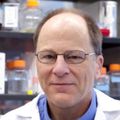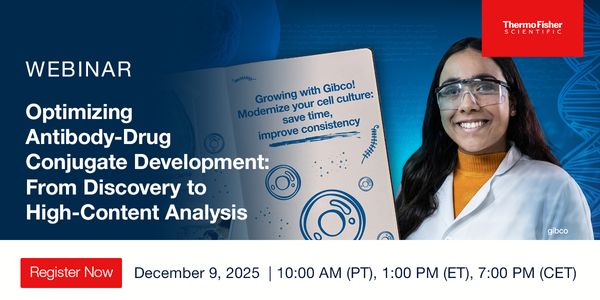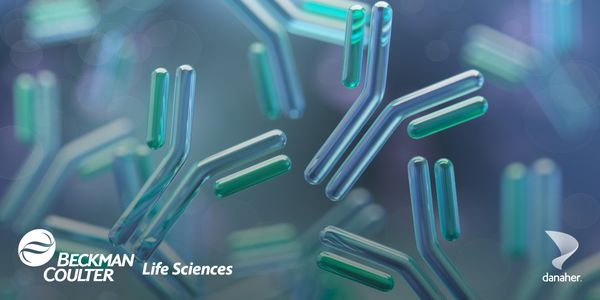Digitizing Life Using Synthetic Genomics
In 2010, our team of synthetic biologists announced the creation of a bacterial cell that had a chemically synthesized genome. To build this synthetic Mycoplasma mycoides JCVI 1.0 we had to develop two sets of methods. The path to develop what we believe will be the foundation technologies of the field of Synthetic Genomics took ~150 man year and many twists and turns. We made the 1.1 Mbp M. mycoides genome using a series of new techniques for assembly of DNA molecules in vivo in yeast cells and in vitro. This process we called Genome Assembly. The other new technical repertoire is Genome Transplantation. We isolated our synthetic genome, which was cloned as a yeast artificial chromosome, and installed it into cells of a closely related bacterial species. We are currently eliminating all the genes in this organism not essential for growth in the laboratory. We expect to produce a cell with less than 400 protein-coding genes. This minimal bacterium will likely have about 100 genes of unknown function, and most of those will have homologous genes in most other bacteria. We plan to use this simple organism to investigate the fundamental principles of cellular life. The Synthetic Genomics technology developed from this effort will enable biologists to build both microbes as well as eukaryotic cells capable of solving human needs in medicine, bioenergy and industry. For instance we envision the same Genome Assembly and Genome Transplantation technologies used to build synthetic microbial cells could be used to make human artificial chromosomes and install them in cells for therapeutic and research purposes.






